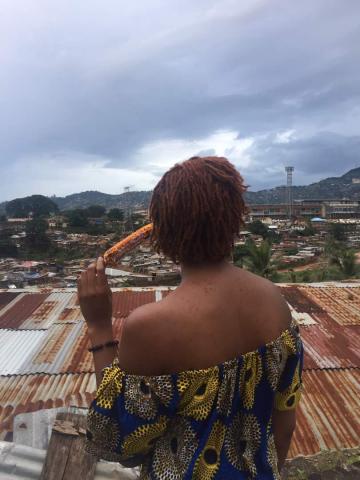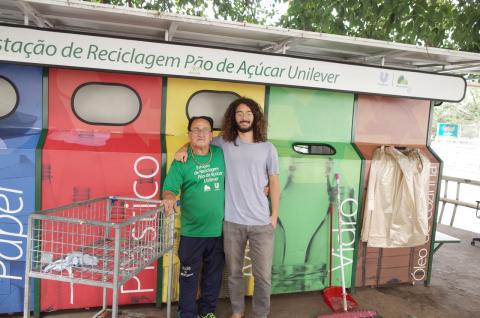With puzzles, we tend to focus on identifiable images within the frame, and rightly so! But there are necessary pieces - sometimes all just one solid color - that are critical to completing the whole. To complete your Watson puzzle, you'll need to prepare and upload a contact list, a budget, your transcript(s), and a photo, and make sure your recommendations are submitted. Watson doesn't insist in a particular format for the first two. Use your judgement to make these docs neat and clear. About three weeks before the internal deadline, gather these pieces together:
✓ Recommendations - you've already asked people to write for you; now is the time to trigger the email request to your recommenders in the online application and monitor it to ensure they've submitted before the internal deadline
✓ Contact list - Make a list of the name of each contact, country, organization, nature/status of connection (e.g. contacted, waiting to hear, have had lengthy conversations), how the contact has informed their project or year, and upload to the supplemental materials section. (Once submitted to Watson, Budget and Contact List may not be edited. You may continue developing them in a separate document.)
✓ Budget - Make a chart showing countries, flights, visas, accommodations, and living expenses (clothes, food, health, communications, etc.) and upload to the supplemental materials section. (Once submitted to Watson, Budget and Contact List may not be edited. You may continue developing them in a separate document.)
✓ Transcript: Request your official AC transcript and study abroad or transfer college transcripts early enough to get them in the portal by the internal deadline. While Watson says they allow unofficial transcripts, because the name of the college must appear on it, AC students must use an official version. To aid you in this process, complete an “Electronic Transcript Request” and enter Eric Myers (ermyers@amherst.edu) as the recipient. Eric will convert the file to a Watson-approved format and send it to you to upload to your application.
✓ Photo - Files must be in a .png format and less than 800kb in size and high resolution (ideally 2" x 2" at 300dpi). If
awarded, the headshot photo may be used in public marketing materials. Choose a photo that you would like to
represent you. Make sure you are looking at the camera and that the photo is well lit, against a neutral background
but not a blank white wall. Do not upload a PDF. Upload to the photo section.
✓ Exhibits - IF your project involves some form of art (musical compositions, drawings, creative writing), you can upload some exhibits of those to the supplemental materials section. Consult with Eric as to whether this makes sense.
Phew! You've got yourself a puzzle! Anything else to do?

